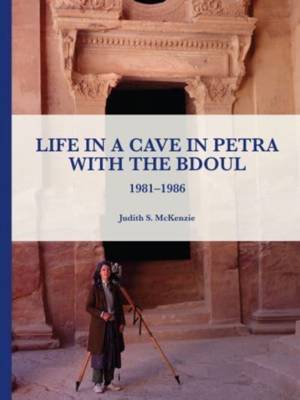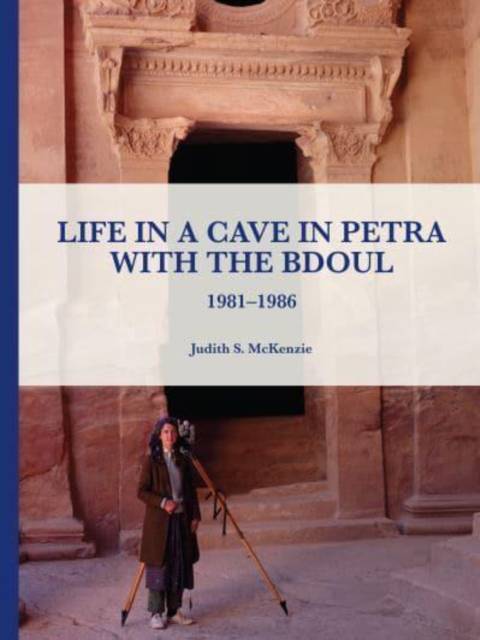
- Retrait gratuit dans votre magasin Club
- 7.000.000 titres dans notre catalogue
- Payer en toute sécurité
- Toujours un magasin près de chez vous
- Retrait gratuit dans votre magasin Club
- 7.000.0000 titres dans notre catalogue
- Payer en toute sécurité
- Toujours un magasin près de chez vous
Description
From 1981 until 1986, the archaeologist Judith McKenzie, then a graduate student at the University of Sydney, traveled to the ancient site of Petra in Jordan, living in a cave there for extended periods, in order to survey and measure architectural moldings on the rock-cut monuments. It was a critical time in the history of Petra, where, for centuries, its local inhabitants, known as the Bdoul, had lived and worked. But that tradition was coming to a close. In 1985, the Bdoul began a move to the nearby village of Umm Sayhoun, as directed by the Jordanian government. This first-hand account of life in a cave at Petra, based on diaries Judith kept at the time she lived among the Bdoul, is therefore important as a record of a lifestyle now largely vanished. As she writes in her introduction: "I spent so much time socializing with the Bdoul, I came to observe many aspects of Bdoul life in a series of visits over three main field seasons. As women we had access to the world of young girls and women, which men from outside did not, while we were also sometimes treated as honorary men." This memoir thus stands as a reminder of life at Petra before the arrival of modern-day tourism at the site. But this book is not only a memoir. Observations are made on the ways in which the Bdoul have adapted to their new environment. Changes at the site that have taken place since 1981 because of weathering and erosion are recorded through comparisons between photographs taken forty years ago and more recent images. Ramifications of the expansion of the tourist-industry at Petra in the 21st century are also considered. Life in a Cave in Petra with the Bdoul: 1981-1986 is therefore an important and essential volume on the archaeology and history of one of the best-known ancient sites in the world.
Spécifications
Parties prenantes
- Auteur(s) :
- Editeur:
Contenu
- Nombre de pages :
- 286
- Langue:
- Anglais
- Collection :
Caractéristiques
- EAN:
- 9780995494664
- Date de parution :
- 15-09-22
- Format:
- Livre relié
- Format numérique:
- Genaaid
- Dimensions :
- 222 mm x 292 mm
- Poids :
- 1156 g

Les avis
Nous publions uniquement les avis qui respectent les conditions requises. Consultez nos conditions pour les avis.






